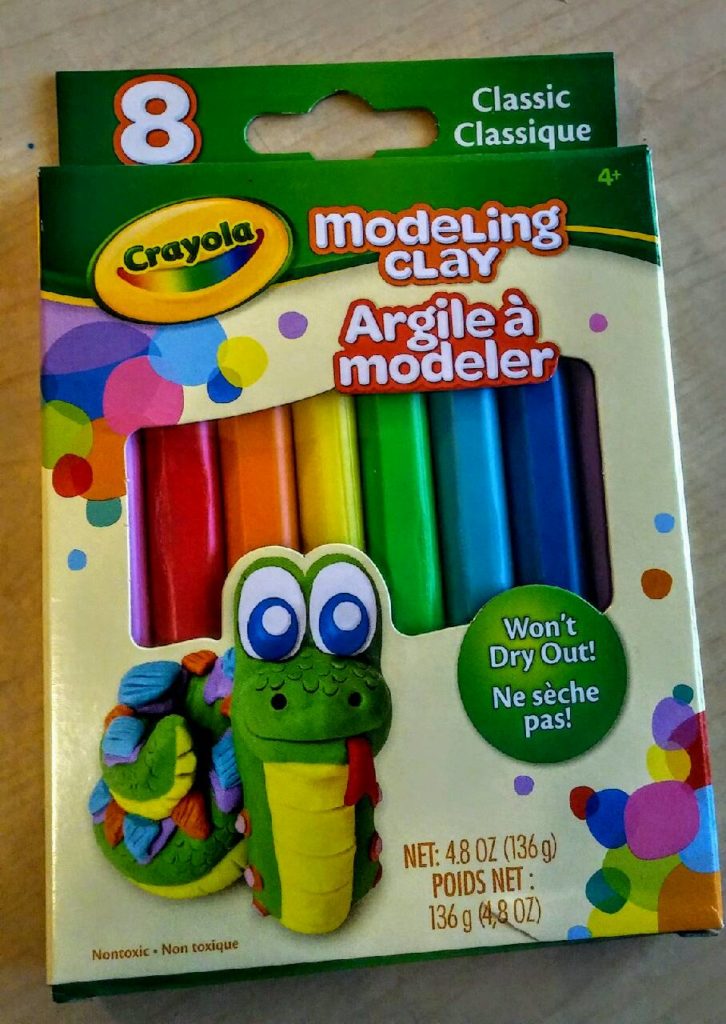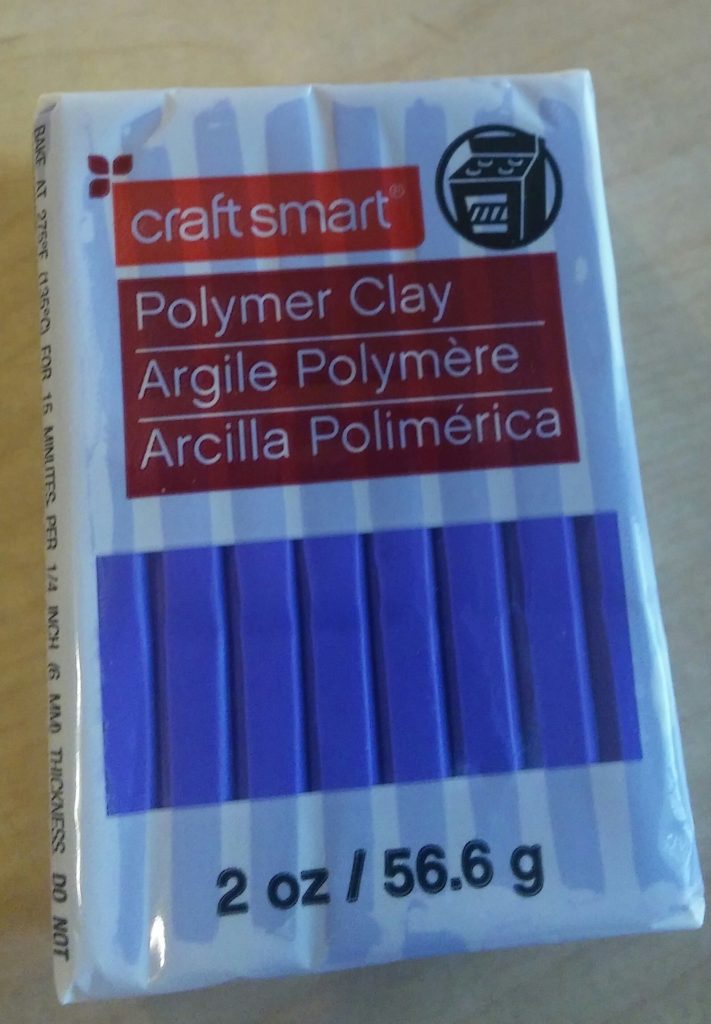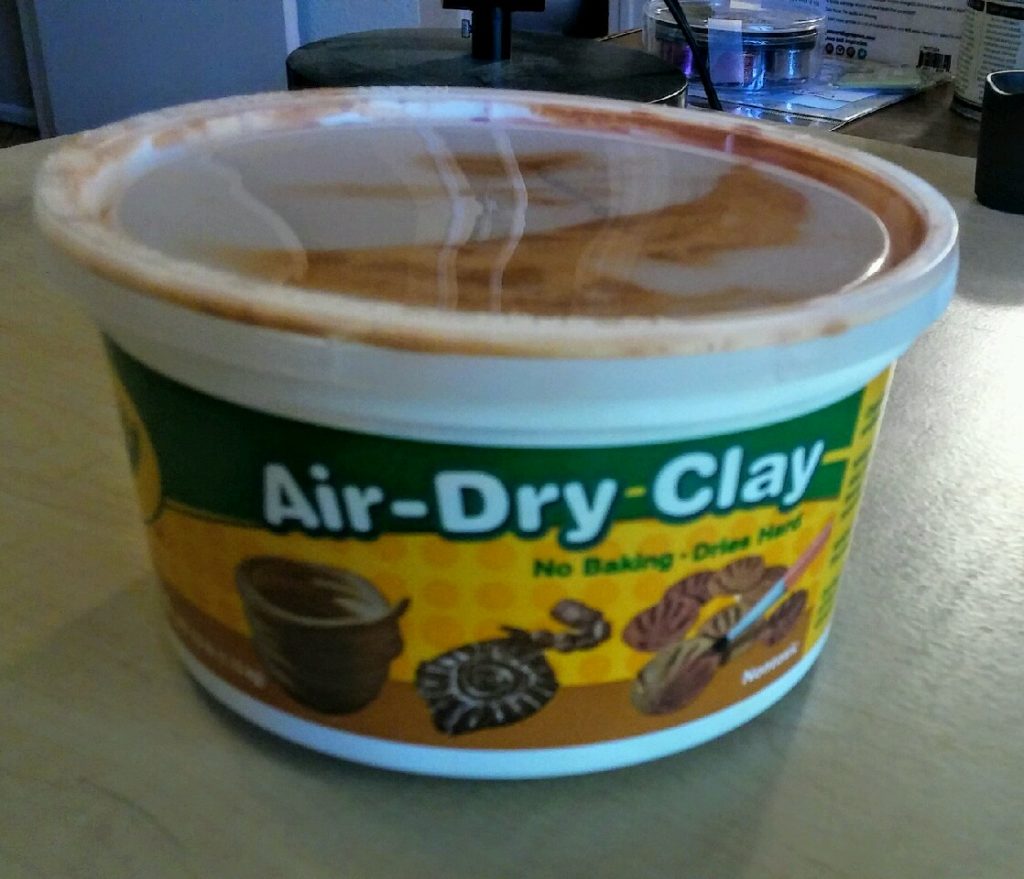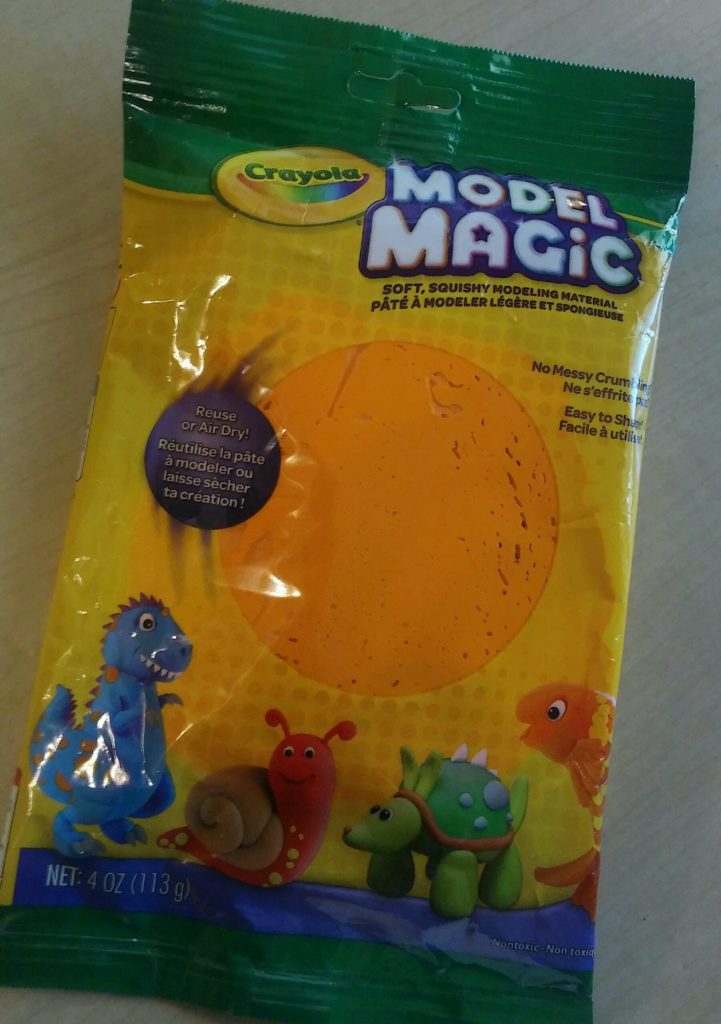Everyone LOVES working in clay, children and adults alike. Clay is an amazing tactile medium that offers so many possibilities. I remember my first experience with a modeling material was Play-doh. It had a certain smell and taste (yes, we all tasted it) and it squished nicely between my fingers. Play-doh has come a long way since it’s creation in the mid-1950’s. But now with so many more varieties of “modeling compounds” to choose from, which type is the right choice for you? Let’s take a look at the 5 basic types of clay and their unique properties.
Potter’s Clay
- An organic material made of decomposing rocks, sand, dirt, and water
- Wonderful modeling abilities to retain it’s shape and textures when sculpted , thrown, or molded
- Finished product is extremely durable
- However, from start to finish is a multi-stepped process that requires “firing” the clay in a high temperature Kiln. unless you have access to a Kiln, working with potters clay isn’t practical.
- Cost of the clay is inexpensive
- Appropriate for ages 5-adult.
- Suggest signing up for a class where all tools and materials are made available for use.

Modeling Clay
- An oil-based, non-hardening material that comes is a variety of colors
- It is meant to stay workable, and be reshaped and reused….forever.
- Maintains small details and textures well, but not meant to be painted.
- No special tools are needed
- It does stain! and sticks and smears on hands and other surfaces, so clean up can be tricky.
- Very inexpensive. 2-3$ for this 8 pack.
- Appropriate for ages 4-adult.
- Great material to explore modeling and sculpting.

Polymer Clay
- Made from polymers, resins, and coloring pigments. It’s available in a wide range of really nice colors.
- The clay has to be kneaded to become soft and pliable enough to work with. It does hold its shape, small details and textures very well, and stays workable for a long time.
- It must be baked in a regular oven to be come hard and durable.
- Rather expensive for the small packets you get. Around $2.50 for a 2oz packet.
- Appropriate for 8-adult ( difficult for small kids to knead).
- Wonderful beginning material to create jewelry and figurines.

Air-Dry Clay
- This is a natural earth clay material
- It behaves like Potters clay when wet. Holds shapes, details, and textures well. Can be carved and painted when dry.
- No Kiln or special tools are required. Leave the finish piece out for 2-3 days to dry completely, and faily durable when dry.
- Cost is moderate. About $11 for a 2.5lb bucket.
- Appropriate for ages 5-adult.
- Great all-around clay for home use.

Model Magic
- A novelty clay. No ingredients can be found listed by Crayola, but a home-made version was made with corn starch and baking soda.
- Very light and airy material (reminds me of working with a marshmallow). Paintable when dry.
- Does NOT take details or textures well. Must be kept covered, or it will start to dry as soon as its opened. Dries in less than 24 hours. Fragile and easily breakable after it dries.
- Very expensive for the short term experience. $4.99 for a 4oz. packet.
- Appropriate for very young children.
- Fun for young kids crafts.

I hope this quick guide into the world of CLAYS was helpful. Choosing the right “tool” for the job is very important to the joy and success of a project. Happy modeling !!!
